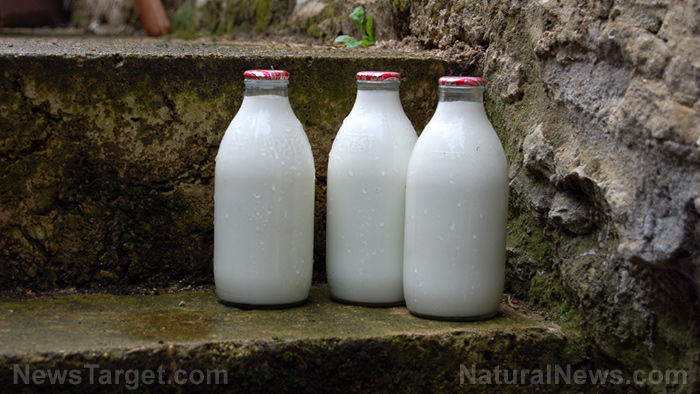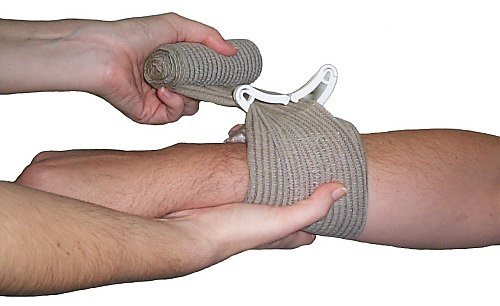5 Important tips to keep RAW milk fresh
07/02/2017 / By Jhoanna Robinson

Raw milk is a delightful treat that is at the same time packed with vitamins and nutrients such as vitamins A, D, and K2 and minerals such as calcium, magnesium, and potassium. However, in order for you to be able to enjoy it for longer than just a few days, you should be able to know how to store it properly. Generally, milk that is stored at optimal temperature should still last from seven to 10 days. Here are some tips to prolong the freshness of your raw milk.
- Use organic raw milk – Organic raw milk lasts for a month, as compared with regular milk, that lasts only about a week or so. According to Pennsylvania State University professor of animal nutrition and physiology Craig Baumrucker, producers of organic raw milk subject their products to a different preservation system called ultra-high temperature (UHT) processing —in which milk is heated to 280 degrees Fahrenheit (138 degrees Celsius) for two to four seconds, eliminating any presence of bacteria in it — as compared with the standard preservation process called pasteurization, in which milk is heated to 145 degrees F (60 degrees C) for at least 30 minutes, or the more common process of heating the milk to 160 degrees (71 degrees C) for around 15 minutes. (Related: Milk industry claims cow’s milk results in weight loss; bad science meets dishonest marketing.)
- Know the milking procedure – Freshly-sourced milk has a temperature of around 104 degrees F (40 degrees C). If a farm decides to bottle raw milk before it has the chance to cool down to 34 to 40 degrees F (one to four degrees C), the shelf-life of the milk is reduced by a week. When warm milk is immediately placed inside a bottle and then inside a refrigerator for cooling purposes, the warm milk does not get the chance to cool down naturally. Quite literally, it takes hours for the milk to cool. The longer that raw milk is above 40 degrees F (four degrees C), the faster the milk will sour.
- Ensure that your refrigerator is cooling at the right temperature – A refrigerator used to store raw milk should have a temperature no higher than 40 degrees F (four degrees C). Check your fridge to ensure that it has the right temperature; otherwise you can be sure that a couple of days have been taken away from your milk’s shelf life. The ideal temperature is 33 to 36 degrees F.
- Freeze raw milk with baking soda – Try this trick: Instead of refrigerating and merely cooling the milk you purchased, freeze it. Freezing raw milk ensures its freshness and locks it in. A problem when it comes to freezing raw milk is finding that the cream is a bit grainy after thawing. Remedy this issue by adding at least half a teaspoon of baking soda to your raw milk before freezing it.
- Use glass bottles – The ideal container for freezing raw milk is a glass container. If you have no access to one and can only use plastic containers, do not reuse single-use plastic containers for they might contain hormone-disrupting chemicals that might contaminate your milk. Also, avoid using scratched plastic containers or jars as your raw milk’s exposure to harmful substances may increase. Commercial canning jars that have been advertised as freezer-safe are also adequate containers for freezing raw milk. Be sure to use container that are free from bisphenol-A (BPA). Always choose containers that have metal lids that are plain metal on the underside over metal lids that have white plastic on the underside of the lid; however, if you find out that your metal lids are starting to show signs of rust, replace them immediately.
Another important tip to remember: Thaw your frozen raw milk properly. Thaw it too fast and you may find the cream separated from the milk. Shake the milk before you freeze it and before you start using it to integrate the cream to the milk. Improper freezing methods also cause the milk to curdle, which is sometimes an indication that the milk is about to spoil.
You can read more articles like this on Fresh.news.
Sources include:





























